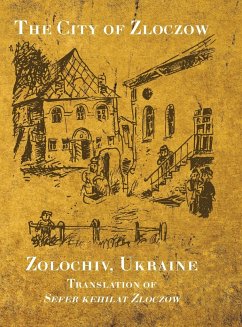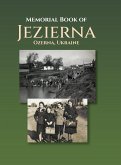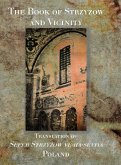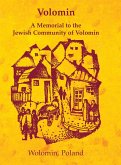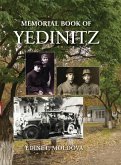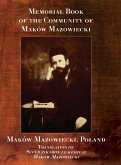This book describes the life of the people of Zloczew, the foundation of the town until after the tragedy. Life during the two World Wars has been particularly emphasized, for it was during these decades that Jewish life reached its summit. Suddenly, at the outbreak of World War II, life stopped and one of the centres of the Diaspora was not more. Zloczew lies in the south-eastern part of Poland which is called Little Poland. A piece of land which, under the Austro-Hungarian Empire, was called Galicia. An agricultural level country partly covered with forests. The natural borders of the town were in the south, the hills of Vorniaky; in the north the Zloczowka river and in the west and east, the town came together with neighbourhood villages. Four wooden bridges crossed the river and a railroad, about 2km from town, connected the place in the west with Lwow and in the south-east with Tarnopol. A railroad-branch led northward to the city of Brody. Three paved roads also connected Zloczew with these cities. The town of Zloczew was surrounded by many villages: Vorniaky, Polorky, Bianiov, Zazola, Jalochoviczy, Chicic, Lacka and a chain of small towns: Bialokamin, Busk, Sasov, Olesko and Goligory. Zloczew was a part of the Tarnopol region. In it central institutions could be found which served the whole region: The Governor's offices; the Tribunal Court, Land Registry, Post, hospital and colleges. Since the town was near the frontier, two regiments were stationed there. Corresponding with the municipal and governmental foundations, there were also Jewish ones which served the Jewish inhabitants: the Communal Committee, rabbis, judges, hospitals, synagogues, schools and social relief. The town was known for its cleanliness and beautiful appearance. The houses were mostly of bricks and only in the suburbs could wood or clay houses be seen.

